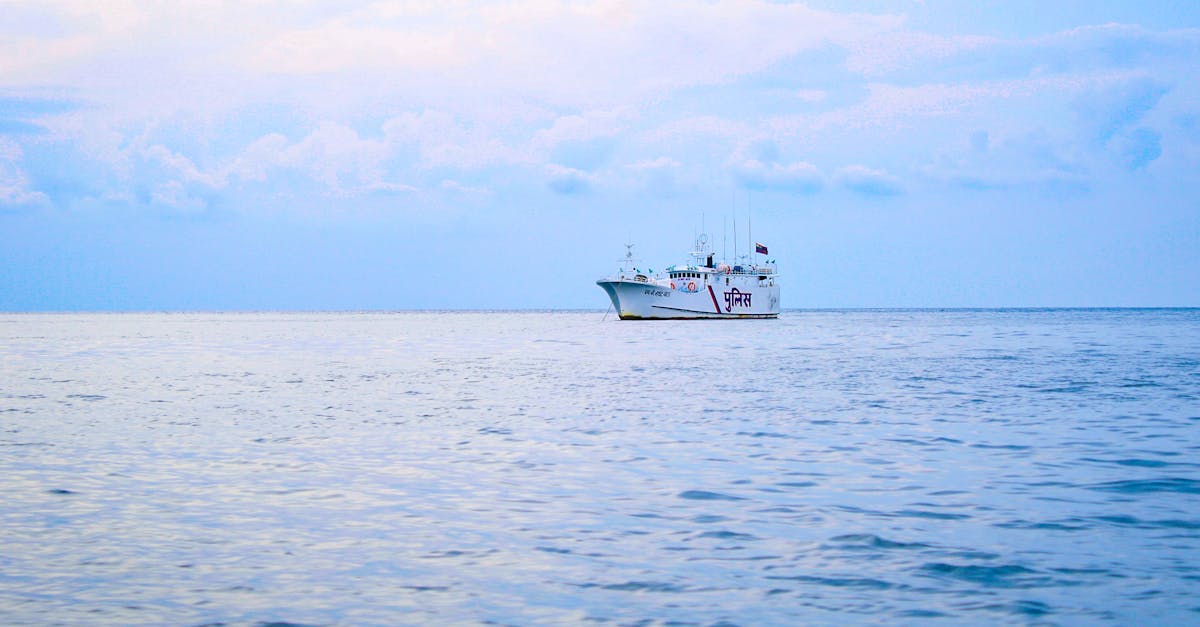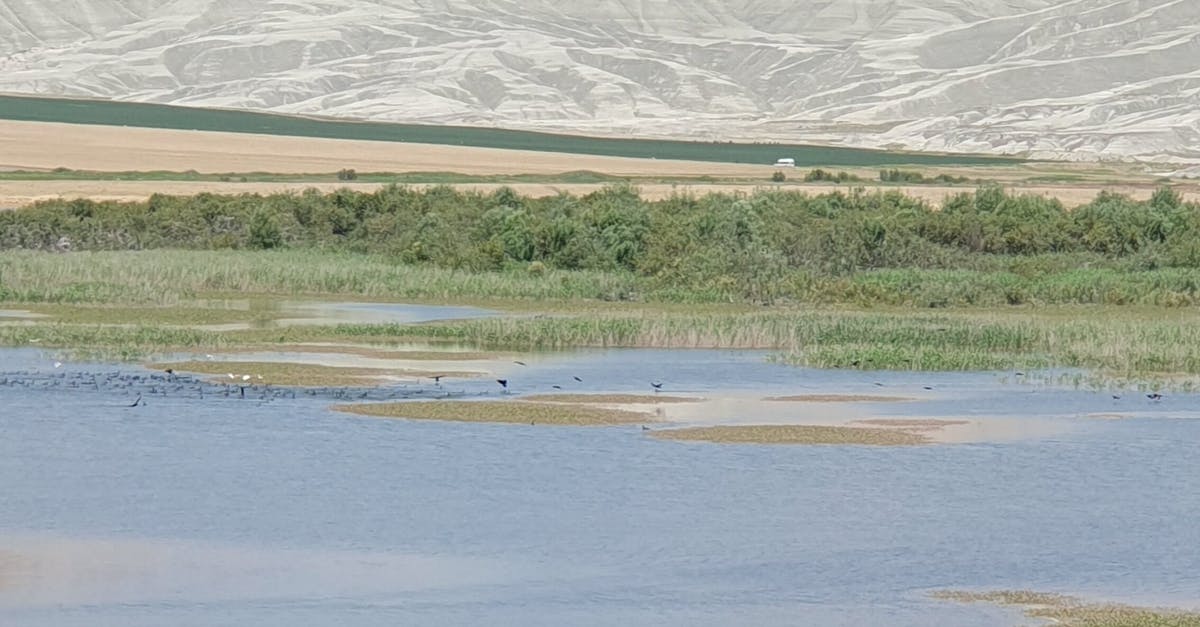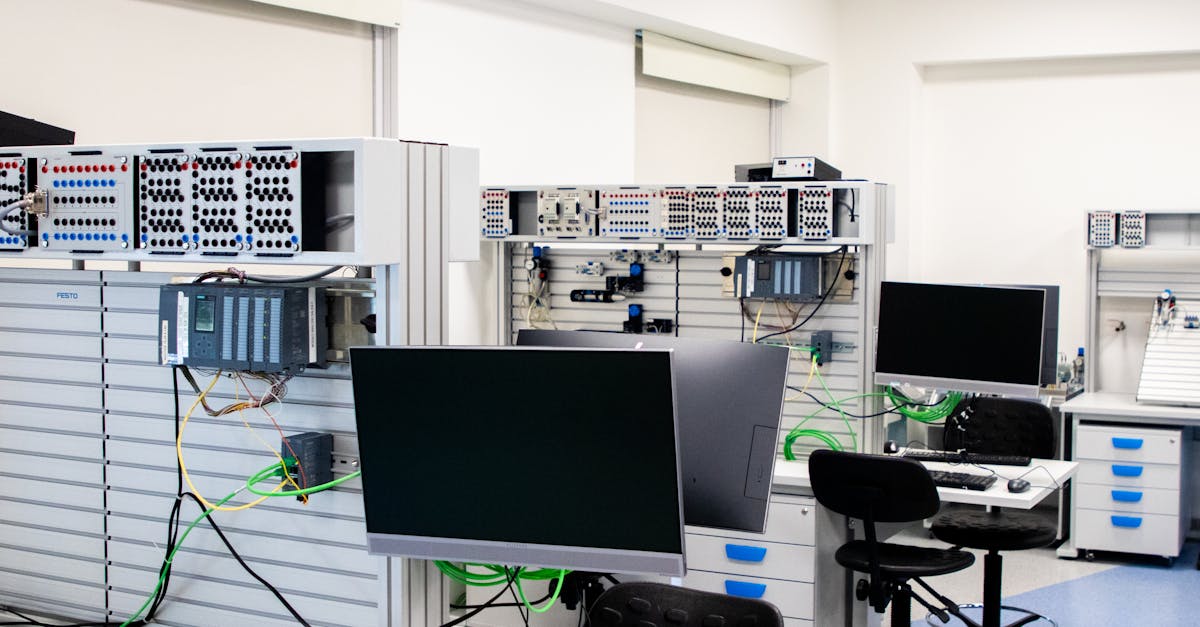CAR T Therapy
- New method engineers CAR T-cells directly inside the body (in vivo) using mRNA delivered by lipid nanoparticles (LNPs), bypassing complex and expensive lab processing (ex vivo).
- Why: This makes therapy significantly cheaper (compared to ₹60–70 lakh for traditional methods), faster, and more scalable for wider accessibility, particularly in resource-limited settings.
- The technique targets specific T-cells in the bloodstream, avoiding the need to collect and modify cells externally.
- Why: Simplifies the process, eliminates risks associated with viral vectors used in traditional methods (like immune suppression), and reduces manufacturing complexity.
- Preclinical trials in monkeys and mice showed significant tumor clearance (up to 85-95%) against cancers like B-cell lymphoma.
- Why: Demonstrates the potential effectiveness of this in vivo approach in fighting cancer.
- The in vivo approach could revolutionize cancer and autoimmune disorder treatment globally and in India, addressing the growing burden of these diseases.
- Why: Offers a more affordable and accessible alternative to current therapies, potentially overcoming infrastructure challenges in countries like India.
- Potential risks exist, including a severe reaction observed in one monkey trial, highlighting the need for careful dosing and clinical monitoring.
- Why: While promising, safety must be carefully managed during clinical development.
Urban Bureaucracy: Gender Equity
- India undergoing rapid urbanization with half the population projected to be urban by 2050.
- Constitutional reforms (73rd/74th Amendments) boosted women’s political representation in ULBs to 46%.
- However, bureaucratic representation in urban administration is significantly low (e.g., 20% women IAS, 11.7% police).
- Why: This administrative disparity undermines inclusive urban governance despite political gains.
- Structural underrepresentation in technical roles (planning, engineering) perpetuates male-centric urban design.
- Why: City infrastructure often fails to meet women’s needs, like last-mile safety and lighting, despite their high public transport usage.
- Gender-Responsive Budgeting (GRB) implementation is tokenistic, lacking integration and monitoring.
- Why: Leads to under-prioritization of essentials (childcare, sanitation, safety) critical for women.
- Need for affirmative action in technical roles and institutionalizing GRB.
- Why: To ensure diverse perspectives in planning, equitable resource allocation, and build inclusive, equitable cities with women.
Dharti Aaba Abhiyan
- The Dharti Aaba Janbhagidari Abhiyan (DAJA) is the largest-ever tribal empowerment campaign launched by the Ministry of Tribal Affairs. Why: It’s a historic initiative covering over 1 lakh tribal villages and habitations across 31 States/UTs, including remote PVTG areas, indicating unprecedented scale and reach.
- Its primary objective is to achieve complete saturation of key Central government welfare schemes (like Aadhaar, Ayushman Bharat, PM-Kisan, Jan Dhan, Ujjwala Yojana) and tribal-specific entitlements. Why: This ensures universal access to essential services and benefits for tribal communities, addressing long-standing gaps in delivery.
- It follows a camp-based, community-driven model involving district administrations, youth volunteers, CSOs, and tribal leaders. Why: This approach facilitates last-mile delivery by bringing services directly to people’s doorsteps and promotes active local participation for effective implementation.
- The campaign is part of the Janjatiya Gaurav Varsh and honours Bhagwan Birsa Munda (Dharti Aaba). Why: It celebrates tribal pride, identity, and heritage, providing cultural context and historical significance to the empowerment efforts.
- The campaign is based on 5 pillars: Janbhagidari (community participation), Saturation (universal coverage), Cultural Inclusion (integrating tribal heritage), Convergence (inter-ministry coordination), and Last-Mile Delivery (reaching remote areas). Why: These pillars outline a comprehensive and strategic approach to tribal development and welfare.
- Initial results from the month-long drive (June 15-July 15, 2025) show significant enrolments in schemes, reaching over 53 lakh citizens through 22,000+ camps in the first 9 days. Why: Demonstrates tangible, early outcomes and the effectiveness of the camp-based model in delivering benefits rapidly.
Strait of Hormuz
- The Strait of Hormuz is in the news due to escalating tensions between Iran and Israel, following Israeli strikes on Iranian nuclear/military sites (e.g., under Operation Midnight Hammer) and Iran’s retaliation.
- Iran’s parliament approved a proposal to close the Strait in response to perceived threats like the US strikes.
- It’s a critical choke point connecting the Persian Gulf to the Gulf of Oman, vital for global oil and LNG shipments, carrying about 20-25% of the world’s oil supply (approx. 20 million bpd in 2024).
- Major Persian Gulf exporters use it, with over 80% of oil going to Asian markets (India, China, Japan, South Korea).
- India is highly dependent on the Strait, with around 40% of its crude oil and 54% of its LNG imports passing through it.
- Historically, the region has seen disruptions during conflicts, notably the “Tanker War” in the Iran-Iraq War (1980-88), where ships were attacked.
- Iran has repeatedly threatened to block the Strait during geopolitical tensions (e.g., 2011-12, post-2018 US sanctions) and has seized vessels like the British tanker Stena Impero in 2019.
- While a complete shutdown is unprecedented, ongoing conflict increases the risk of disruptions, delays, and potential spikes in oil prices.
- Some alternate pipeline routes exist (Saudi ARAMCO, UAE, Iran’s Goreh-Jask), but they cannot fully replace the Strait’s capacity.
Karnataka 15th-C Lamp
- Discovery: A rare 15th-century sculptural lamp found at Anantapadmanabha Temple, Perdur, Udupi, Karnataka.
- Why: Significant as an archaeological find dating back to the 15th century, providing a tangible link to the past.
- Iconography: Features a unique fusion of Shaiva and Vaishnava elements.
- Why: Illustrates the syncretic religious traditions and peaceful coexistence between different Hindu sects in medieval Karnataka.
- Cultural and Artistic Value: Highlights temple art, religious life, and devotional practices of the era.
- Why: Enriches understanding of the region’s temple heritage, religious art, and the cultural landscape during the 15th century, reflecting Udupi’s spiritual significance.
India Income Survey 2026
- India’s first comprehensive Household Income Survey will be conducted in 2026 by the Ministry of Statistics and Programme Implementation (MoSPI) through the National Sample Survey (NSS).
- Aims to collect reliable data on income earned by households from various sources like wages, business, agriculture, property, and remittances.
- Intends to address the historic income-consumption mismatch by adopting global best practices from countries like the USA, Canada, and Australia.
- Will assess the impact of technology on wages for the first time in India, with a focus on informal sector earnings and technology-driven income generation.
- The primary objective is to capture accurate data on income levels, distribution patterns, and structural disparities to aid economic policymaking and welfare planning.
- Background: India has not conducted a nationwide income survey since 1950 due to operational challenges and data inconsistencies, particularly the mismatch where reported income was lower than consumption and savings estimates. Previous attempts in the 1980s were also not continued.
- The survey is considered an “urgent need” by MoSPI to plug data gaps, generate vital information for deriving income distribution, and better understand the profound structural changes in the Indian economy over the past 75 years.
- An Expert Group, chaired by economist Surjit Bhalla, has been constituted to provide guidance on finalising concepts, methodology, sampling, estimation, and final reporting, incorporating best global practices.
- This survey is part of MoSPI’s recent initiatives to generate vital information and plug data gaps in different spheres, supplementing regular macroeconomic data collection efforts.

India Mining Reforms
Why in News: India auctioned its first potash block in May 2025, highlighting ongoing mining sector reforms to boost economic growth.
For Prelims:
– Mines and Minerals (Development and Regulation) Amendment Acts, 2015 & 2021: Introduced auction-based allocation, DMF, automatic lease extensions, commercial coal mining, increased lease terms, Composite License (CEMP).
– District Mineral Foundation (DMF): Created by MMDR 2015 for local area development in mining-affected regions using mining revenues.
– National Mineral Policy (NMP) 2019: Focuses on sustainable mining, private participation, ease of doing business, tech adoption, value addition.
– PARIVESH Portal: Single-window clearance for faster environmental approvals.
– Khanan Prahari App: Allows citizens to report illegal mining.
– National Mineral Exploration Trust (NMET): Funds exploration projects, promotes private sector/MSME participation.
– National Critical Minerals Mission (NCMM): Launched to secure critical minerals (lithium, cobalt, nickel, REEs) vital for energy/tech sectors.
– M-Sand (Manufactured Sand): Promoted to reduce river sand mining.
– Forest Rights Act, 2006: Mentioned as a hurdle in land acquisition and tribal rights issues in mining areas.
– Rare Earth Elements (REEs): Critical minerals facing import dependence and supply chain issues (China export controls).
For Mains:
– Reforms undertaken: Auction-based allocation, CEMP, removing end-use restrictions, NMP 2019 goals (sustainability, ease of business, tech), commercial coal mining, PARIVESH, satellite/drone monitoring, Khanan Prahari, NMET funding, NCMM, offshore mining, Star Rating, mine closure plans, M-Sand promotion.
– Significance: Contributes to GVA (1.97%), generates state revenue (Rs 4 lakh cr), provides raw materials for key industries (steel, cement, electronics), creates employment/rural development via DMF and MSMEs, crucial for energy transition (critical minerals), enhances global competitiveness (auctions, KABIL overseas acquisitions).
– Challenges: Regulatory delays (environmental/forest/wildlife), land acquisition issues (FRA 2006, local resistance), policy uncertainty, illegal/unsustainable mining (weak enforcement, corruption, environmental damage), low exploration (low OGP exploration, low global spending share), logistics bottlenecks (poor transport, port constraints), import dependence for critical minerals, social/environmental conflicts, poor working conditions, skilled labour shortage.
– Steps needed: Increase exploration budget (GSI, NMET), incentivize private exploration, improve logistics (rail, road, ports, corridors), adopt tech (AI, drones, data portal), promote sustainable practices (ESG, mine closure funds, DMF spending), tackle illegal mining (surveillance, penalties, whistleblowers), secure critical minerals (global partnerships, domestic refining, policy).
India’s Emergency Lessons
- The Emergency (June 25, 1975 – March 21, 1977) was declared amidst economic crises, public dissatisfaction, corruption charges, and widespread protests like the JP Movement challenging the government. Why: These factors created a volatile political environment and challenged the legitimacy of Indira Gandhi’s rule.
- The immediate trigger was the Allahabad High Court convicting Indira Gandhi of electoral malpractice. Why: Facing calls for resignation, she opted to declare Emergency using Article 352 citing “internal disturbance” instead of stepping down.
- Article 352 allowed the Centre to override federal norms, suspend democratic rights, control states, and make laws on State List subjects. Why: This constitutional tool was used to concentrate power with the central government.
- Civil liberties were suspended (Article 19), press was censored, and over 1.12 lakh people including major opposition leaders were arrested under draconian laws like MISA. Why: To silence dissent, control the narrative, and consolidate the government’s authority.
- The 42nd Amendment Act (1976) drastically curtailed judicial review, gave Parliament unchecked amendment powers, and allowed Directive Principles to override Fundamental Rights. Why: This “Mini-Constitution” weakened checks and balances and aimed to make the Executive/Parliament supreme.
- Sanjay Gandhi’s programmes led to state excesses like forced sterilisation drives and violent slum clearance (e.g., Turkman Gate). Why: These were implemented coercively, highlighting the lack of accountability during the period.
- The Emergency ended with unexpected elections in 1977, resulting in the Janata Party winning and forming the first non-Congress government. Why: Public backlash against the excesses led to a decisive electoral defeat for Congress.
- Lessons included the 44th Amendment (1978) replacing “internal disturbance” with “armed rebellion” for Emergency grounds and restoring judicial review. Why: To prevent future misuse of Emergency powers.
- The period shattered the myth of Congress invincibility, paved the way for multi-party democracy, saw the rise of new leaders, and led to institutional introspection, particularly strengthening the judiciary. Why: It exposed the weaknesses in the system and fostered new political dynamics and reforms.
- The episode serves as a reminder of the fragility of democratic institutions, the dangers of concentrated power, and the critical need for robust checks and balances and constant vigilance. Why: It demonstrated how quickly civil liberties and constitutional norms can be eroded.
Emergency 50th
- June 25, 2025, marks 50 years since the declaration of the National Emergency in India (1975-1977) by Prime Minister Indira Gandhi.
- It was declared under Article 352 of the Constitution, citing “internal disturbance,” following widespread political agitation (JP Movement, railway strike) and the Allahabad High Court ruling against Gandhi’s election.
- During the Emergency, the Centre assumed sweeping powers, effectively making the federal structure unitary.
- Fundamental rights were curtailed; Article 19 was suspended, and enforcement of most others could be suspended (Articles 20 & 21 later protected by 44th Amendment).
- Thousands, including opposition leaders, were detained under draconian laws like MISA.
- Press censorship was imposed; some newspapers like The Indian Express protested by publishing blank spaces.
- Constitutional changes were enacted (like the 42nd Amendment) weakening the judiciary and concentrating power. Controversial programs including forced sterilization were implemented.
- The Emergency was lifted in 1977, leading to Indira Gandhi’s electoral defeat and the formation of the first non-Congress government.
- Post-Emergency safeguards were added by the 44th Amendment (1978), requiring written cabinet recommendation, parliamentary approval by special majority, and replacing “internal disturbance” with “armed rebellion.”
- The 50th anniversary serves as a reminder of this period’s impact on Indian democracy, its constitutional evolution, and its enduring political legacy.
Asia Climate 2024
- Asia warmed nearly twice as fast as the global average, making 2024 its hottest or second-hottest year, with temperatures 1.04°C above the 1991–2020 average and warming rates doubling since 1961–1990. Why: Indicates accelerated, significant regional climate change impacting a vast population.
- Extreme heatwaves in India caused over 450 deaths, pushing temperatures to 45–50°C, while lightning killed around 1,300. Why: Highlights the severe direct human cost and health impacts of extreme weather.
- Marine heatwaves impacted a record ~15 million sq km, particularly severe in the northern Indian Ocean and seas near Japan, China. Why: Shows the vast scale and intensity of impact on marine ecosystems.
- Asia saw 29 tropical cyclones; the deadliest, Yagi, affected multiple countries causing billions in damage. Four cyclones hit the Indian subcontinent, resulting in deaths and flooding. Why: Demonstrates widespread vulnerability to intense storms, leading to loss of life and significant economic damage.
- Glaciers in High Mountain Asia continued to lose mass, with 23 out of 24 declining, and Urumqi Glacier No. 1 recording its worst melt since 1959. Why: Points to critical impacts on future water resources for densely populated regions.
- The report emphasizes that changes in climate indicators will have major repercussions for societies, economies, and ecosystems in the region. Why: Underlines the broad, severe consequences of the documented climate trends.
Global SDG Ranks
- India entered the top 100 in the Global SDG rankings for the first time, securing 99th position (out of 193 countries) in the 2025 report.
- This is a significant improvement from previous ranks: 109th (2024), 112th (2023), and 121st (2022).
- The improvement is attributed to progress in poverty reduction, clean energy access, healthcare, housing, and infrastructure.
- Effective implementation of government welfare schemes also contributed to the progress.
- India’s rank places it ahead of regional neighbours like Bangladesh (114th) and Pakistan (140th), though behind Maldives (53rd), Bhutan (74th), Nepal (85th), and Sri Lanka (93rd).
- Globally, only 17% of SDG targets are on track, making India’s progress crucial due to its large population and influence.
- The Sustainable Development Goals (SDGs) are 17 goals adopted by UN member states in 2015 to end poverty, protect the planet, and ensure peace and prosperity by 2030.

10th SDR 2025 & SDGs
- Why in News: According to the 10th Sustainable Development Report (SDR) 2025 by the UN Sustainable Development Solutions Network, India ranks 99th in the SDG Index out of 167 countries, entering the top 100 for the first time, showing significant improvement from previous years.
- Key Points:
- India scored 67 out of 100 on the SDG Index, measuring progress towards achieving all 17 goals.
- Globally, only 17% of SDG targets are projected to be met by 2030, indicating a significant slowdown driven by conflicts, structural vulnerabilities, and limited fiscal space.
- Nordic countries (Finland, Sweden, Denmark) lead the rankings; 19 of the top 20 are European.
- East and South Asia show the fastest regional progress since 2015. India ranks ahead of Bangladesh and Pakistan but trails Bhutan, Nepal, Sri Lanka, and Maldives.
- Progress has been strong in basic services like internet, electricity access, and reducing child mortality.
- Significant reversals since 2015 include obesity rates, press freedom, nitrogen management, Red List Index, and corruption perception.
- Barbados, Jamaica, and Trinidad & Tobago are top in commitment to UN multilateralism; the US ranks last (193rd) for opposing SDGs and withdrawing from agreements.
- 190 out of 193 UN member states have participated in the Voluntary National Review (VNR) process.
- The report criticizes the Global Financial Architecture for directing capital disproportionately to rich nations.
- The Sustainable Development Goals (SDGs), adopted in 2015, are 17 interconnected goals aiming to tackle global challenges like poverty, inequality, and climate change by 2030.
- Historical context includes the 1987 Brundtland Report, 2000 MDGs, and 2012 Rio+20 Summit.
- Core principles include Universality, Integration, Leave No One Behind, Multi-Stakeholder Approach, and Monitoring.
- Progress is hindered by global conflicts, climate finance gaps (USD 6 trillion needed by developing nations), pandemic setbacks on poverty, health, and education, environmental pressures, and increasing natural disasters.
- Strategies to accelerate progress include reforming multilateral institutions, increasing financing via mechanisms like Green Bonds and debt relief, promoting sustainable agriculture, and localizing SDG implementation with community participation.
Thirst Waves
- A “thirstwave” is a new term for prolonged periods (3+ consecutive days) of extreme atmospheric evaporative demand—how thirsty the air is for moisture.
- Unlike heatwaves, thirstwaves are driven by multiple factors: temperature, humidity, solar radiation, and wind speed, reflecting complex atmospheric drying potential.
- Recent research indicates that thirstwaves are becoming more intense, frequent, and lasting longer, particularly during crop growing seasons, due to global warming.
- They are measured by standardised short-crop evapotranspiration, indicating increased water loss from land surfaces driven by the atmospheric conditions.
- Stronger thirstwaves lead to faster soil moisture depletion, increased irrigation requirements, and a higher risk of crop stress and yield reduction, impacting agriculture and water security.
- Evaporative demand is increasing in parts of India, and while past humidity helped, future warming is expected to intensify this. Research on extreme thirstwaves in India is ongoing.
- Surprisingly, the worst thirstwaves may not occur in areas with the highest average evaporative demand, suggesting a need to re-evaluate climate preparedness strategies.
- Identifying and understanding thirstwaves is vital for managing water resources and protecting crops in a warming world, especially in climate-vulnerable regions.
Guru Gandhi Dialogue
- Prime Minister Narendra Modi addressed the centenary celebration of the historic June 24, 1925, meeting between Sree Narayana Guru and Mahatma Gandhi.
- Why in News: This commemorates a significant historical event that influenced India’s freedom movement and its social and moral foundations.
- PM paid tribute to both leaders, highlighting the meeting’s lasting inspiration for social unity and national development.
- Why: To underscore the continued relevance of their ideals for contemporary India.
- Sree Narayana Guru was described as a spiritual beacon championing equality, truth, service, and harmony.
- Why: To emphasize his enduring legacy and its guidance for India’s inclusive growth.
- PM linked Guru’s fight against social evils to the government’s commitment to uplifting the marginalized through ‘Sabka Saath, Sabka Vikas’.
- Why: To connect historical social reform principles with current government policies aimed at social justice and inclusion.
- Emphasis was placed on eradicating social discrimination and empowering youth through initiatives like Skill India.
- Why: To demonstrate practical steps taken to realize the vision of an egalitarian society.
- Both Guru and Gandhi shared commitments to social justice, upliftment of the oppressed, non-violence, and inclusion.
- Why: To highlight their combined legacy as a moral force for social harmony and national unity.
- PM called for holistic national progress—economic, social, and military—inspired by India’s reformist traditions, towards a developed India.
- Why: To frame national goals within the context of India’s rich tradition of social and spiritual reform led by figures like Guru and Gandhi.



















